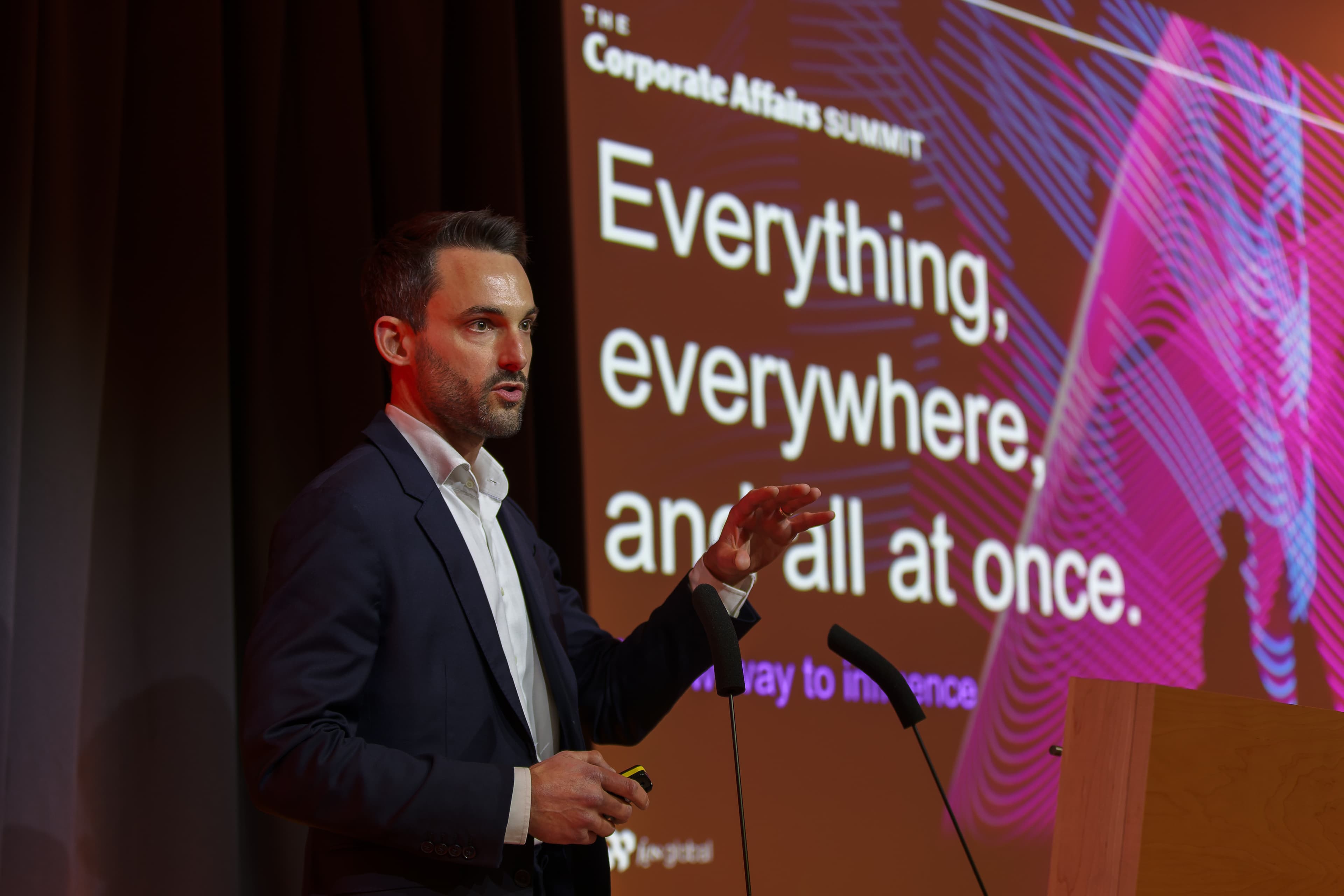
Once upon a time, managing corporate reputation in the UK was a matter of knowing whose number to dial. The list of key stakeholders - journalists, politicians, analysts - could be jotted down on the back of an envelope. When a story broke, you called someone whose influence on your client’s reputation you understood, and you explained your point of view. The difference between a call from Lex and one from The Observer was clear. It was, in many ways, a simpler era.
But those days are firmly in the past. At the recent Corporate Affairs Summit, FGS Global’s panel set out the facts of the new influence landscape.
Traditional media consumption has been in steep decline for years, and with it, the certainty of who shapes opinion and how. The public’s trust in mainstream news has eroded: 64% of UK adults now say they think mainstream news is biased. For younger audiences, the disconnect is even starker: 43% of 18- to 34-year-olds admit they don’t pay attention to the news because they find it overwhelming. And when they do want to know what’s happening, 68% say their primary sources are social media and online platforms.
This shift has created an expansion and decentralisation of conversation across Substacks, podcasts, WhatsApp communities, Reddit, X, and YouTube. The information ecosystem is no longer curated by a handful of editors or correspondents; it’s now a sprawling, unpredictable web of voices and opinions. With the rise of generative AI, the landscape is morphing again: 32% of 18- to 34-year-olds trust AI’s judgment on news events as much as, or more than, they trust mainstream media.
Stakeholders, once a defined and knowable group, have become atomised. They are talking about everything, everywhere, all at once. Opinions are shaped not by trusted, vetted sources, but by the next comment on a thread, or an Instagram post served up by an algorithm at just the right moment. People who may never have thought about your business or sector before can suddenly develop strong views, and are willing to share them widely.
Recent events in the arts sector illustrate the point. A demographic with little prior interest in asset management quickly coalesced around a campaign to exclude such firms from arts funding. In many cases, they succeeded. When people rally around an issue without a central “source of truth,” it can rapidly escalate into a crisis that organisations don’t see coming and can’t easily control.
The upshot: companies can no longer assume they know who their stakeholders are, or even where to find them. The questions facing today’s corporate affairs leaders are stark: How do you identify these new, shifting audiences? How do you assess the impact they might have on your reputation? How do you predict what they’ll care about next, and how do you reach and engage them? Most importantly, how do you change their minds?
These are the challenges the panel at the Corporate Affairs Summit set out to address. In a world where influence is diffuse and reputations can turn on a viral post or a trending hashtag, the rules of engagement have changed. The task now is to adapt, quickly and creatively, to a stakeholder landscape that is more complex and unpredictable than ever before.